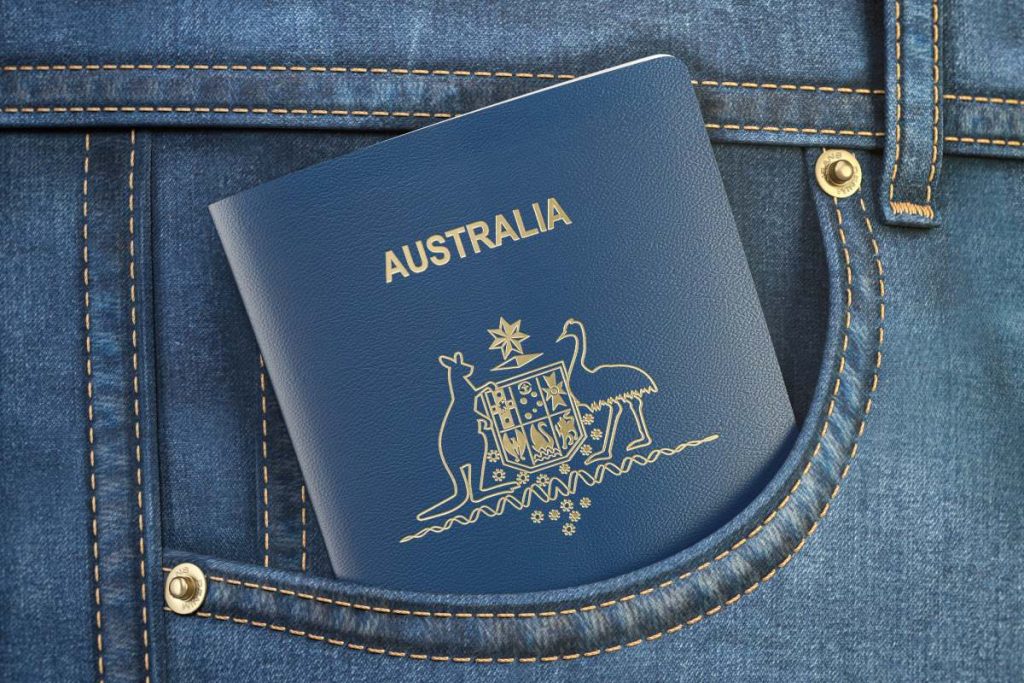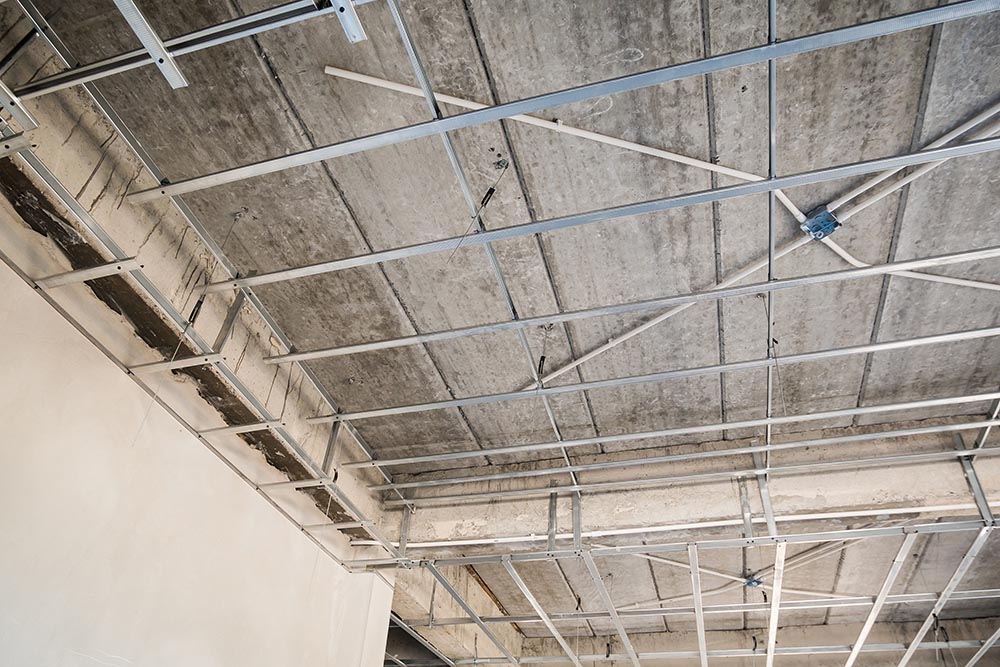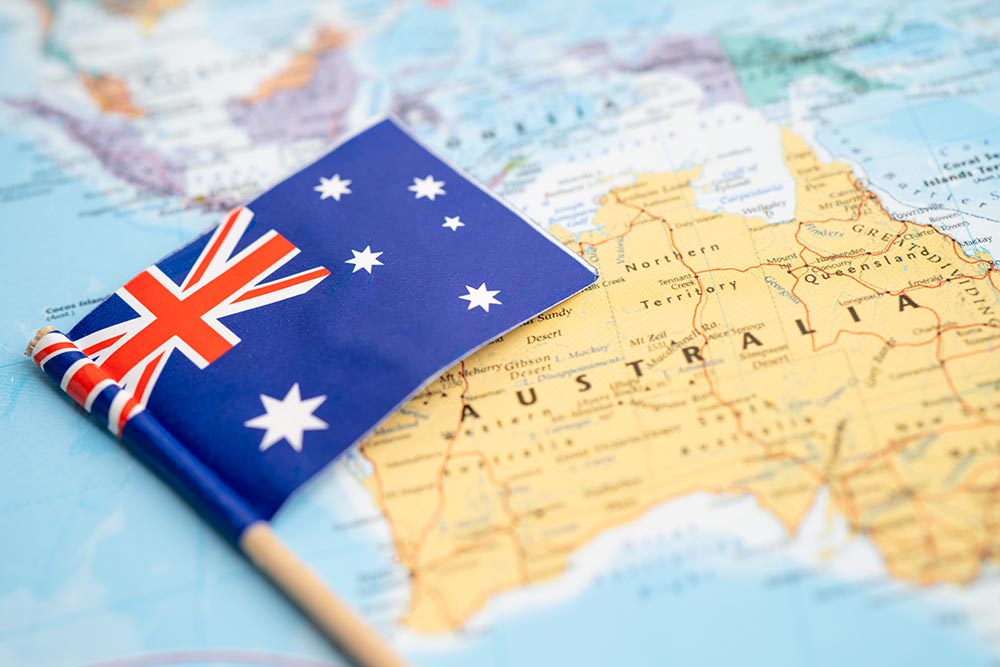Five takeaways from the Australian federal budget 2025–26
Australia’s 2025–26 Federal Budget, handed down by Treasurer Jim Chalmers in March 2025, arrives at a critical moment for the nation’s economy. With households still grappling with high living costs, wages only beginning to rise, and global uncertainty clouding growth, this Budget sought to balance short-term relief with long-term fiscal discipline. While not a “big-spending” budget, it delivers targeted help for families and small businesses, particularly through modest tax cuts, extended energy rebates, and increased health funding alongside selective investments in housing, skills, and social services.
In many ways, this Budget reflects a government trying to manage expectations: showing empathy for everyday Australians without risking inflation or ballooning debt. The key question, however, is whether these measures will be enough to ease the pressure while maintaining economic stability. Here are five key takeaways that reveal where Australia’s priorities lie and what they mean for the country’s financial future.
1) Tax cuts are real but modest and phased in

Perhaps the most headline-grabbing element was the package of further income-tax “top-ups.” The government announced two rounds of additional tax cuts that begin in 2026–27 and expand further in 2027–28; the measure reduces the bottom marginal tax rate to its lowest level in decades and is designed to give most Australians more after-tax income. Treasury’s own framing is that the average worker will gain only a few hundred dollars per year from the new top-up once fully implemented (Treasury estimates roughly $268 in 2026–27 and $536 per year by 2027–28 compared with 2024–25 settings). That means while the cuts are politically significant, they are modest in scale for many households.
What to watch: the timing and phasing. Because the biggest gains come in 2027–28, the effect on household budgets this financial year is limited, but the announcement does shift expectations about tax settings for the next parliament.
2) Cost-of-living help focuses on energy and everyday health care

Beyond tax changes, the Budget doubled down on two persistent public concerns: power bills and everyday health costs. Energy bill rebates (quarterly energy relief payments) were extended to the end of 2025 for eligible households and many small businesses, and the Budget set aside further targeted assistance to help cushion household bills after a period of volatile wholesale energy prices. At the same time, the government committed a record investment in bulk-billing support for GP visits and cheaper medicines, including a major boost to bulk-billing incentives aimed at lowering out-of-pocket health costs. For many voters, these measures will feel more immediate than the phased tax cuts.
What to watch: how state health systems and GPs respond to the federal uplift in funding is aimed at increasing bulk billing, but will require workforce and clinic adjustments to translate dollars into more free visits.
3) Green Economy and Manufacturing Push

The budget reinforces the government’s commitment to developing Australia’s green economy with substantial investments in clean energy and domestic manufacturing. The government is providing a further $3 billion to advance its “Future Made in Australia” policy, specifically targeting green metals production, a sector seen as critical to the global energy transition and Australia’s industrial future.
The Clean Energy Finance Corporation will receive a $2 billion investment expansion, enabling it to support more renewable energy projects and help accelerate Australia’s transition away from fossil fuels. Additionally, the budget includes support for the alcohol industry through a two-year pause on draught beer excise indexation from August 2025, costing $165 million, alongside increases to excise remission caps for brewers, distillers, and wine producers from $350,000 to $400,000 per annum from July 2026.
The budget also commits $4 billion to address violence against women and drive economic equality, representing a significant social investment. Indigenous communities in remote areas of the Northern Territory will receive $842.6 million to support critical services.
4) Practical investments in housing, skills, and student relief nudges, not big structural reform

The Budget contains a mixture of targeted housing and skills measures rather than sweeping reforms. Notable items include an extension of shared-equity “Help to Buy” style support for first-home buyers, an expansion of free TAFE places in selected fields, and partial student-debt relief measures. These are aimed at easing barriers for young households and boosting workforce skills in priority sectors, but they are incremental rather than transformational. Similarly, a focus on improving productivity shows up in measures to discourage anti-competitive employment contracts (a proposed ban or reform of non-compete clauses) and selected business incentives, but there was no large, economy-wide package to dramatically lift business investment or productivity overnight. Observers described the Budget as offering “practical nudges” that respond to near-term voter concerns while leaving harder structural changes for another day.
What to watch: whether incremental skills and housing help can reduce long-term constraints on labour supply and housing affordability outcomes depends on implementation and coordination with states.
5) Health and social services get meaningful, targeted funding with distributional debates to follow

Health was central to the Budget narrative. The government earmarked significant new funding for Medicare (bulk billing), mental-health services, aged care workforce pay uplift, and cheaper medicines. These allocations were pitched as targeted measures that will reduce the everyday costs many Australians face, but distributional debates are likely. Critics from the social sector argued the Budget didn’t do enough for those in deepest poverty or for stretched community services, while business groups welcomed the consumer relief but wanted stronger incentives for business investment. The political trade-offs are clear: spending concentrated on visible household supports tends to score well politically, yet advocacy groups argue the most vulnerable still need more comprehensive, longer-term support.
What to watch: the interplay between federal funding and state service delivery, especially in mental health and aged care, and whether new federal dollars translate into better access and outcomes on the ground.
Summary and why it matters
- The Budget delivers modest but politically important tax top-ups that mostly take effect in 2026–27 and 2027–28 real money but not a fiscal game-changer for this year.
- Cost-of-living measures are front and centre, with energy rebates extended and stronger support for bulk-billing and cheaper medicines.
- Fiscal headwinds persist: the government accepts larger deficits in the medium term while prioritising targeted relief and investments.
- Housing and skills receive pragmatic, incremental help, useful for some, but not structural reform.
- Health and social-service funding rises meaningfully, but debates will continue over adequacy and delivery.
For households, the immediate effects are the energy rebates and smaller out-of-pocket health costs; for businesses and investors, the headline is the lack of a large productivity or investment push and the acceptance of ongoing deficits. For policy wonks, the Budget is a study in trade-offs: balance short-term voter relief against the longer-term need to rebuild fiscal buffers and boost productivity. How this plays out politically will depend on the economic environment over the next 12–24 months. Inflation, interest rates, and unemployment will all affect whether these modest measures look prudent or insufficient.
Where to read more (official and analytical sources)
If you want the primary documents, the Budget Papers and Treasurer’s speech provide the official fiscal numbers and measures; independent analyses by professional services firms and national outlets offer quick explainers and interpretation. Start at the Budget website and then read a couple of independent commentaries to get both the arithmetic and the politics.

 English
English 












































































